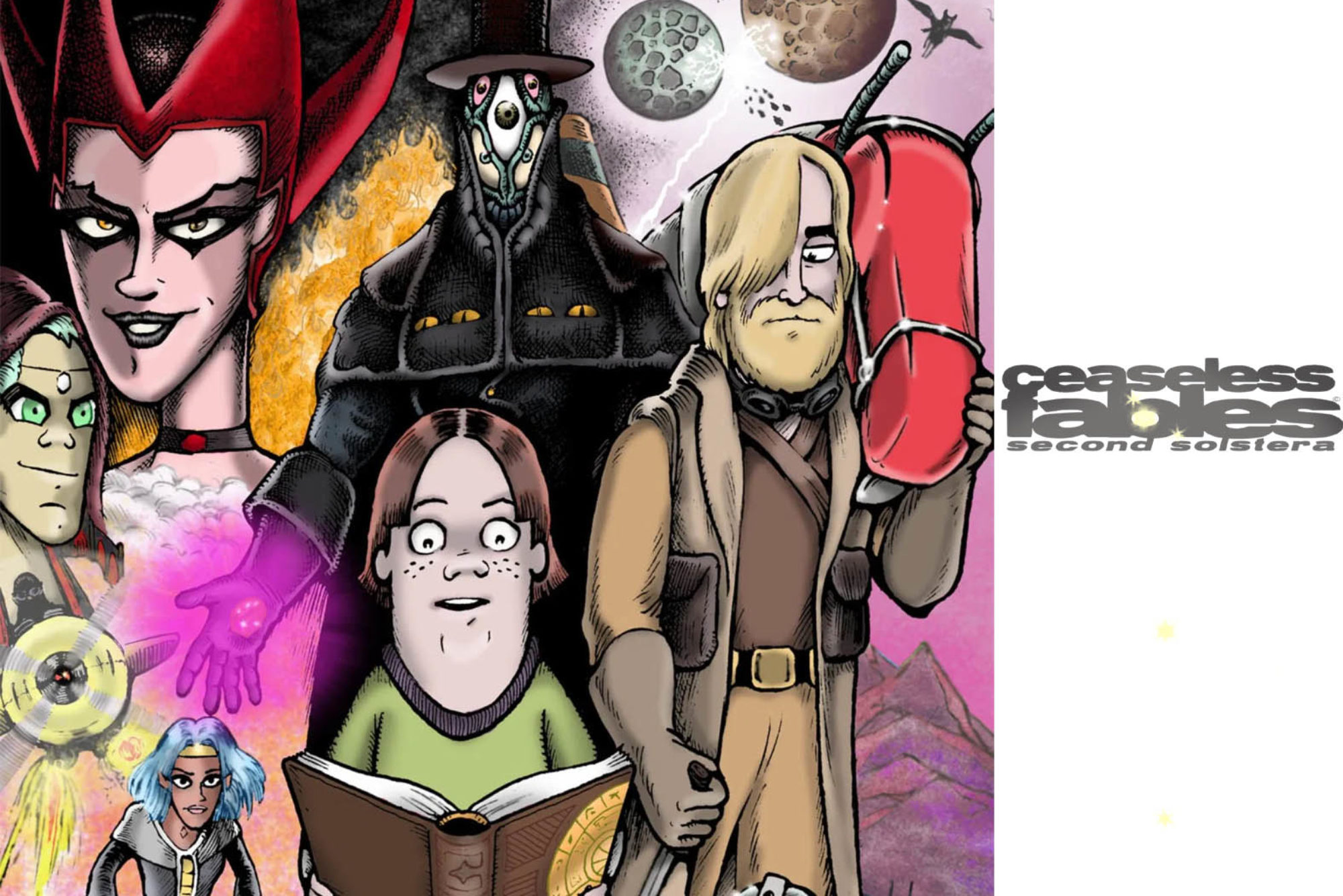Okay so I just figured something out this morning that tied a great many things together. And hey, if you were a Patron, you could learn about stuff like this on the regular.
I have been working on other people’s houses for 6 to 8 hours a day, a few days a week. Even this combined with everything else I make doing cartoons is barely enough to get by for another month. It’s been a lot of good exercise and sunshine, but I’ve been in a very foul humor for weeks now, partly because of the way the country is going, but mostly because my arms have been working off and on for some time. Arms, hands; y’know. What do I use those for anyway, right?
I became less out of shape during the phony “lockdown” than most guys my age, and you know God damn well I refused vaccination and will continue to do so indefinitely. (Hey, if you think the resentment’s ever gonna go away, I don’t know what to tell you.) My mind started to wander down darker paths as I woke up at 6 am once again unable to feel or close my hands. Tendonitis? What does arthritis feel like? Is this something that will combine with my slowly diminishing eyesight to finally kneecap my career as an artist? Is it chickens coming home to roost from past injuries? Mom had MS, but doctors told me I’d never get it. Then again doctors have told me a lot of things in the last few years.
I calmed myself down by figuring it was just nerve damage from the green bruises on my forearms caused by flinging eight-foot ladders and sixteen-foot 2×8’s around a muddy suburban backyard. Then yesterday while priming a ceiling I almost had to tap out from the searing pain and numbness in my arms. I couldn’t hold my arms over my head for more than a minute at a time, and my left arm continued to mess up the rolling by crapping out intermittently. All that kept me from losing my composure was knowing that at home after work, there was some really amazing weed waiting. Seriously, I was like just let me get through to 4pm.
I only mention the weed because without it I wouldn’t have figured all of this out.
Sometime in early 2020 (I think) I bought a posture corrector off Amazon for a few bucks. For a few more, sometime earlier I bought a new desk chair for working, that had actual lumbar support, which my previous chair lacked. Both of these things improved my posture and overall mood significantly over the following three years. The chair, although still comfortable and such, has a deflated seat cushion that makes you sink down when you sit in it.
So you don’t realize it, but for extended hours, you’re sitting slumped while working at the desk, propping yourself up on your elbows. Meanwhile, your shoulders compress into your neck and spine, and they not only cut off blood to your head, but they grow weaker, because they’re rarely holding the balanced weight of your two arms. Which also begin to grow weaker, and your hands become numb and itchy.
Okay, now let’s add a perfectly good posture protector into the mix. The one I have works by compressing your lower ribs, so that your spine naturally aligns your ribcage and sternum. However, it uses shoulder straps that can press against your neck and underarms. If you slump in a chair with your elbows on the armrests while wearing this device, that’s exactly what those shoulder straps do, slowly putting your arms to sleep, while also putting a very weak sleeper hold on you.
Bottom line is, before heavy physical work carrying things through and working in Georgia sunlight for several hours a day, I have been having coffee while unintentionally putting my arms and head to sleep.
I raised the armrests of my desk chair this morning when I figured this out, and the problems with my arms and hands have been slowly evaporating (and this is with the posture corrector on). Holding my arms up to the keyboard to type this (my keyboard is above elbow level, as is my desk where I draw) is making my hand start to fall asleep again, so I’m taking that as confirmation that my theory is correct. Folks: you have to put your arms down. Our bodies are not built to keep our arms above waist-level for extended periods. You just end up hunching at the neck and messing yourself up. Trust me, this was a painful lesson. It just was more embarrassing than life-threatening and I’m glad I waited until I figured out what was what. Now that so many of us sit at desks all day, God only knows what kind of conditions are being misdiagnosed and improperly treated.
Even now my arms are still over-correcting to avoid the armrests which are no longer in place. Learn from my mistakes, people. Don’t eff up your core because you don’t realize how bad your seated posture is, and that it takes time and effort to fix when it gets worse. I thought I was taking extra naps because I passed 50; turns out I was choking myself out in the mornings. And I think you can grasp why the “hands slowly ceasing to function” was stressing me out a tad.
More to come.

 Unlock with Patreon
Unlock with Patreon